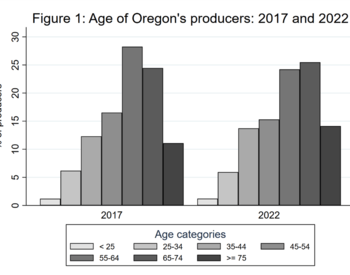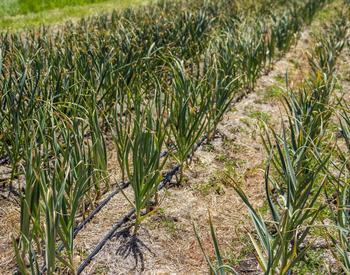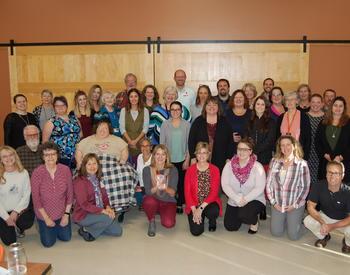Introduction
Access to quality healthcare is a fundamental right that should not be limited by geographic location. Yet, for the 46 million U.S. residents living in rural and underserved areas, healthcare access remains a significant challenge (USDA, 2021). One of the key factors exacerbating this issue is the lack of broadband infrastructure. In this article, we will delve into the importance of broadband in rural healthcare access and how its absence can hinder the delivery of medical information and telemedicine services to these communities.
The rural healthcare dilemma
Rural communities across the globe face unique healthcare challenges. These areas often have fewer healthcare facilities, specialists, and medical resources compared to their urban counterparts. Patients in rural areas must travel long distances to receive specialized care, which can be both time-consuming and financially burdensome. In addition, during times of emergencies, rapid access to healthcare professionals is critical, but is often delayed due to the remoteness of rural regions.
The role of broadband infrastructure
High-speed internet connections known as "broadband infrastructure" allow for the seamless interchange of data, including medical records and real-time video consultations. The following services offer significant approaches to enhancing access to healthcare for those living in rural areas through the use of internet infrastructure. The first involves telemedicine services. With the help of broadband, patients in remote places can consult with medical professionals online. This is especially important for follow-up visits, managing chronic diseases, and non-emergency consultation. The second service relates to medical information exchange. Medical information exchange entails coordinated and effective healthcare through the use of Electronic Health Records (EHRs). The interchange of patient data among healthcare professionals is made easier by broadband, ensuring that patients receive the proper care at the appropriate time. The third service requires remote patient monitoring. With broadband, connected devices can track patients' health indicators and vital signs in real-time. This enables medical personnel to identify problems early and take appropriate action. The fourth service includes access to specialized care, where telehealth can link patients in rural areas with specialists who may not actually be in their region, thereby increasing their access to specialized care.
The impact of the broadband gap
Healthcare access suffers significantly in rural locations where broadband infrastructure is lacking due to limited telehealth services and delayed care. Because of limited telehealth services, rural communities lack simple access to healthcare due to the almost impossible use of telemedicine services without broadband. Additionally, delayed care can adversely impair the health outcomes of patients in rural areas, often due to extended travel times and delays in diagnosis and treatment. For rural residents who are already disproportionately impacted by chronic conditions such as heart disease, cancer, chronic lower respiratory disease, and stroke, increasing their access to telehealth services and mitigating delayed care is critical for ensuring better health outcomes (HRSA, 2022).
Addressing the broadband divide in rural healthcare
To address the broadband gap in rural healthcare access, the following four strategies can be employed:
Infrastructure investment
To ensure fair access to high-speed internet, governments and the private sector must invest in broadband infrastructure in underserved areas. This can be achieved through the Broadband Equity Access and Deployment Program and Digital Equity Act Program.
Improve accessibility
Healthcare professionals should create and promote telehealth programs, such as the Rural Telehealth Toolkit.
Community initiatives
Local groups can band together to promote broadband development and ensure that healthcare services are supplied digitally by coordinating with service providers.
Policy and regulation
Policymakers should implement rules and regulations that provide incentives for the deployment of broadband in rural regions, such as provider subsidies and grants.
Conclusion
Broadband infrastructure is crucial for rural and underprivileged regions to have access to high-quality healthcare; it goes beyond mere convenience. Healthcare inequities are made worse by the lack of bandwidth in these locations, which delays the timely supply of medical information and telemedicine services. To close the broadband divide and guarantee that everyone has access to healthcare, regardless of where they live, it is critical that stakeholders from the government, healthcare, and technology sectors collaborate. By doing this, we can significantly advance the cause of healthcare equity and enhance the health of rural communities.
Sources
Bauerly, B. C., McCord, R. F., Hulkower, R., & Pepin, D. (2019). Broadband Access as a Public Health Issue: The Role of Law in Expanding Broadband Access and Connecting Underserved Communities for Better Health Outcomes. The Journal of law, medicine & ethics : a journal of the American Society of Law, Medicine & Ethics, 47(2_suppl), 39–42.
Haleem, A., Javaid, M., Singh, R. P., & Suman, R. (2021). Telemedicine for healthcare: Capabilities, features, barriers, and applications. Sensors international, 2, 100117.
Rural Health Information Hub. (2022, August 11). Telehealth Use in Rural Healthcare Introduction - Rural Health Information Hub. Ruralhealthinfo.org. https://www.ruralhealthinfo.org/topics/telehealth
Rural Health Information Hub. (2021, August 18). Healthcare access in rural communities introduction. Rural Health Information Hub.
Nielsen, M., D'Agostino, D., & Gregory, P. (2017). Addressing Rural Health Challenges Head On. Missouri medicine, 114(5), 363–366.
United States Department of Agriculture. (2021, November). Rural America at a Glance.
Health Resources and Services Administration. (2022, May 13). Telehealth for Rural Areas.


















